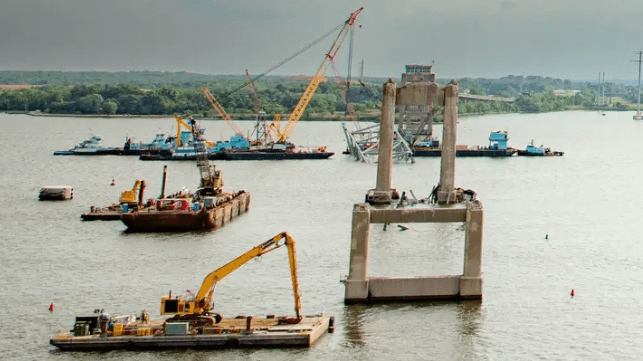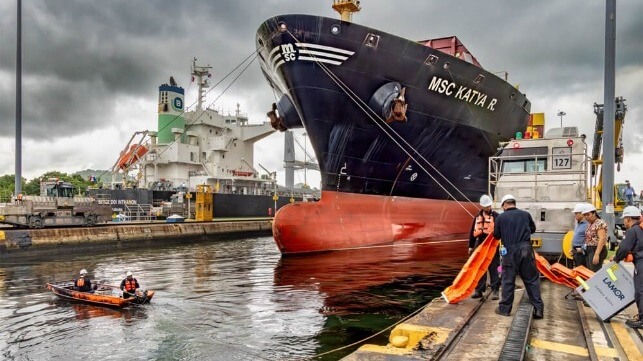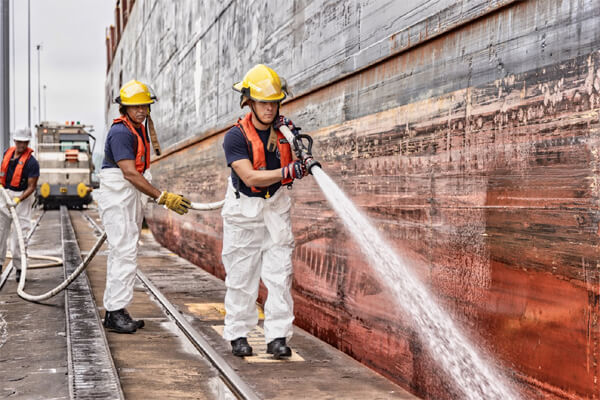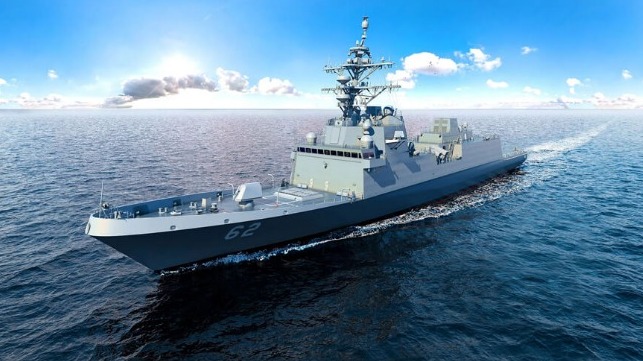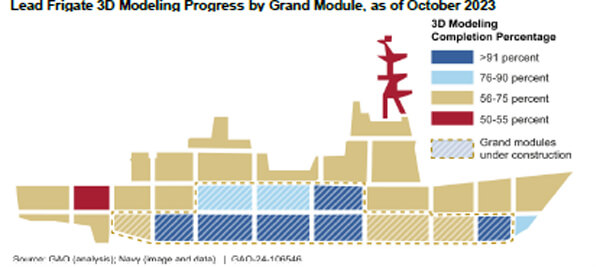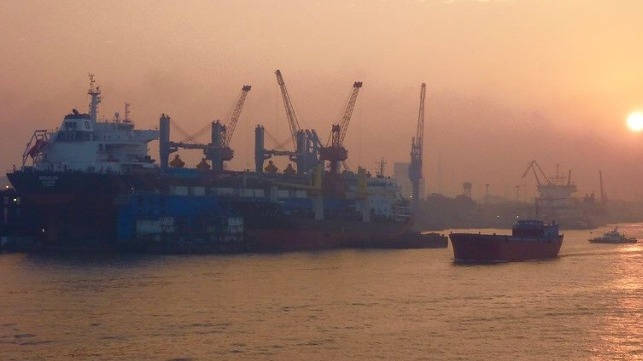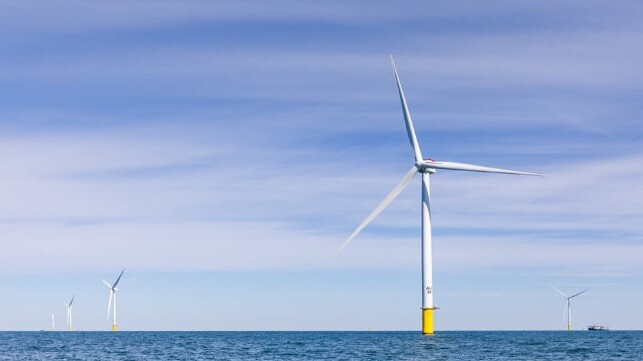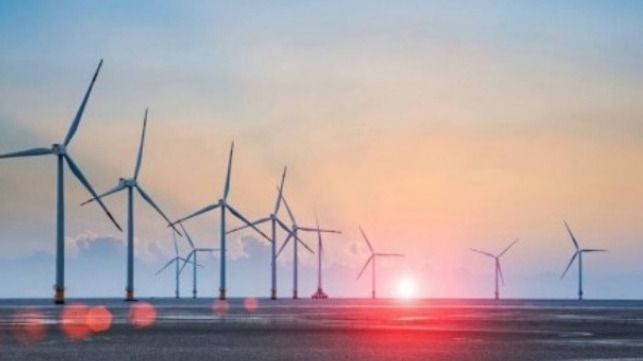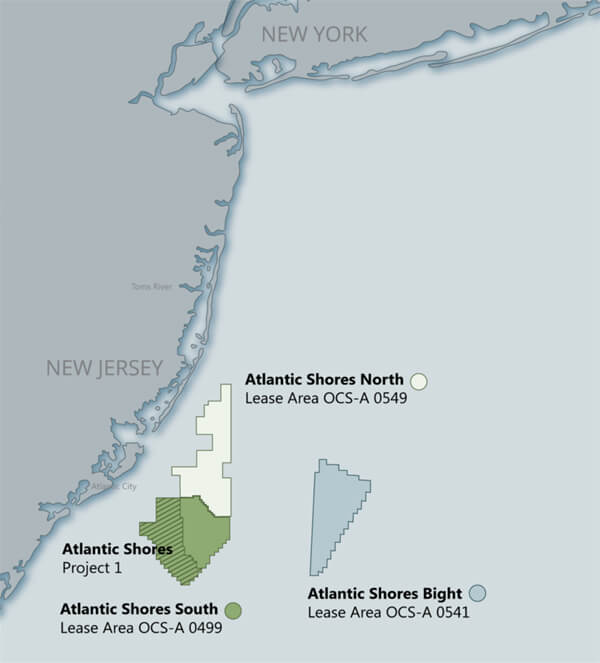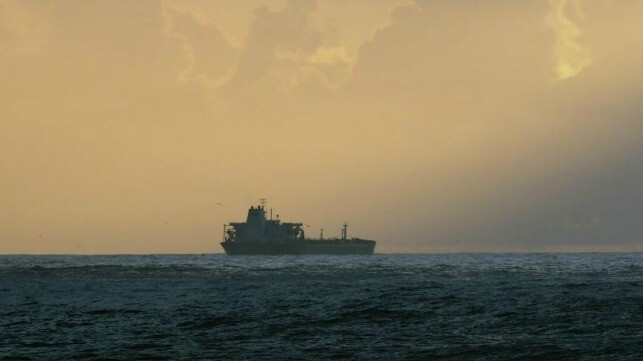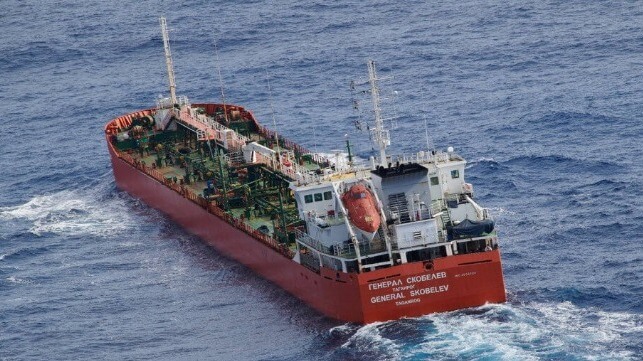Global warming is gradually increasing maritime access to the Canadian Arctic which has led to an increase of maritime traffic. The immediate concern is not with the traditional annual community resupply shipping companies who are well experienced navigating those waters, but more with adventurers, super yachts, and cruise ships. In the future, in addition to the disappearing ice, the present water restrictions of the Panama Canal, the ongoing security issues with the Red Sea, the relationship with Russia and its Northern Sea Route, and piracy in the Strait of Malacca, we may also see an increase with transoceanic commercial traffic through the Northwest Passage.
More cruise ships are entering the waters of the Arctic Archipelago to experience the fabled Northwest Passage. Unfortunately, cruise ships running aground in Canada is not a theoretical exercise as three of them have already have done so. The Hanseatic in 1996 ran aground “because the bridge team did not strictly adhere to the plan that had been prepared for navigating the vessel through the strait. Relying on a navigation buoy left in the strait from the previous navigation season contributed to the grounding.” The MV Clipper Adventurer near Kugluktuk ran aground in 2010. Its forward-looking sonar was inoperable. The Academik Ioffe ran aground in 2018 some 78 nautical miles north-northwest of Kugaaruk. In that case, “While transiting the narrows, the officer of the watch was multitasking, the helmsman was busy steering the vessel, and no other crew were tasked with monitoring the echo sounders and keeping lookout. As a consequence, they did not notice the under-keel water depth steadily decrease. The under-keel low water depth aural and visual alarms for both echo sounders were turned off.”
Also worrisome is that several fuel tankers have run aground in the Arctic: the Mokami in October 2010, the MV Nanny in February of 2012 and 2014, and the Kivalliq W in October 2022. All of those occurrences were avoidable. Fortunately, nobody was injured, and there was only a minor environmental impact. We might not be so lucky next time.
One of the older maritime conventions of the International Maritime Organization is called the International Convention for the Safety of Life at Sea (SOLAS), 1974. It is focused on preserving life at sea through regulations and inspections “to ensure that, from the point of view of safety of life, a ship is fit for the service for which it is intended.” The regulations apply to the ship as well as the life-saving appliances. Under SOLAS Regulation 7, Surveys of Passenger Ships, there is a requirement for periodical survey once every 12 months. Specifically, “The periodical survey shall include an inspection of the ... life-saving appliances … is in satisfactory condition and fit for the service for which it is intended.” Life-saving equipment being “fit for service” is very important for ships operating in the polar regions.
The International Maritime Organization adopted a Polar Code in November 2014 with the aim of reducing the loss of life at sea caused by the lack of preparedness to operate in the polar regions which are more isolated and challenging in which to operate. The Polar Code entered into force on Jan. 1, 2017. It sets several standards, such as ship design and construction, and qualifications of the crew and safety equipment on board. Although the Polar Code isn’t perfect and doesn’t address all the challenges of operating in the polar regions, it was deemed to be a major step in improving operations in those areas. It specifically called for a high standard of design for the survival equipment.
Serious maritime accidents happen almost daily: loss of power, allisions, loss of steering, groundings, and fires. If a ship loses the ability to steer it can quickly get into significant trouble. The recent destruction of the Francis Scott Key Bridge in Baltimore by the ship MV Dali provides a clear example of how quickly a situation can lead to disaster when a ship loses its controllability.
Another good example of what could happen took place off the coast of Norway when the cruise ship Viking Sky lost power in a storm. On March 18, 2019, the cruise ship Viking Sky issued a mayday distress call after engine problems in heavy seas off Norway’s western coast. At the time, it was carrying a complement of crew and passengers of 1,370 people. In very rough seas, the vessel started to drift towards the coast. The sea conditions were such that it was deemed unsafe to deploy the emergency lifeboats. A frantic rescue effort was made to evacuate the passengers and crew by helicopters. In challenging weather conditions and a ship swaying severely in all dimensions, several helicopters managed to airlift some 400 passengers to safety by the time the crew managed to restart one engine, and sail away from the coast. Dozens of people were injured, and several had to be hospitalized. Had the ship ran aground, the waves would have repeatedly smashed it against the shore. Passengers and crew may have had to abandon the ship by jumping into frigid waters without proper protection.
In the case of the Akademik Ioffe grounding mentioned above, the research vessel Akademik Sergey Vavilov provided assistance by taking on board the passengers of the Akademik Ioffe. However, it departed the grounding site for Kugaaruk, Nunavut, to deliver those passengers after having been granted an exemption from Transport Canada to sail with 100 persons more than the vessel’s lifesaving equipment capacity. This created another dangerous situation. Fortunately, all were delivered safely.
To contrast these ships, there is the Commandant Charcot of the Ponant Fleet. It is an actual icebreaker, as opposed to an ice-strengthened expedition vessel. It operates with an experienced crew. It has participated in several Arctic search and rescue exercises with national Coast Guards, and is equipped with the latest survival equipment. Furthermore, it has been involved in testing several types of equipment for the passengers and crew to survive several days after abandoning ship.
In the Canadian Arctic, search and rescue (SAR) assets may be hours or even days away depending on where an incident happens. In the case of the Clipper Adventurer near Kugluktuk, it took 42 hours for the Canadian Coast Guard vessel to arrive. In the Canadian Arctic, ships providing assistance face several challenges. They will invariably have to proceed slowly because of ice-infested water, poor weather, and the fact that much of the Arctic Archipelago is only partly charted. Search and rescue aircraft of the Canadian Forces are located in the south on bases such as Canadian Forces Base Winnipeg. The stand-by SAR aircraft should normally be able to take off within two hours. The faster CC-130 Hercules aircraft will reach the Arctic faster, but they are not equipped with a forward-looking infrared radar (FLIR). They use onboard observers, a much less efficient system.
The new SAR aircraft, the slower CC-295 Kingfisher, with a cruising speed of 260 nautical miles, will reach the Northwest Passage—some 1,100 nautical miles away—in about eight to 10 hours. Because of its limited range of 730 nautical miles, it will have to refuel en route adding to the time to reach the search area. However, they are equipped with FLIR which will make the search more efficient and faster against a very cold background. By then, however, the survivors may have been in cold Arctic waters for 10 or more hours. Unless the survivors have the appropriate level of protection, the search and rescue will likely become a search and recovery operation.
The Polar Code requires vessels that will operate in polar waters to obtain a polar certificate attesting that the ship, its crew, their qualification and life-saving appliance meet the requirements of the Polar Code. The issuance of those certificates is done by the vessel’s class societies acting as a “recognized organization” to the ship’s flag administration. There are several societies that issue the polar certificates such as the American Bureau of Shipping, Bureau Veritas, and Lloyds Register. Those societies have a duty to perform due diligence prior to issuing those polar certificates.
To increase search and rescue operations in the Arctic, on May 12, 2011, in Nuuk, Greenland, the Arctic Council put in place the Agreement on Cooperation on Aeronautical and Maritime Search and Rescue in the Arctic. It is a legally binding agreement between Canada, Denmark, Finland, Iceland, Norway, Russia, Sweden, and the United States. It was recognized that the distances, the weather, and the paucity of SAR assets in the Arctic were such that countries had to work together. This agreement, along with the Polar Code will hopefully reduce the loss of life in the Arctic.
At a recent meeting of the Canadian Maritime Advisory Council, Prairie and Northern Region, Transport Canada has indicated that it will increase the inspection of vessels operating in the Canadian Arctic. This is welcome news as it will encourage ship owners to make sure that their ships have the proper design, that the safety equipment—such as forward-looking sonar—is on board and operational, that the crews are qualified, and that having the proper survival equipment will allow survivors to stay alive for that minimum period of five days.
The Polar Code has been in effect for more than seven years. It aims to reduce the risk of an accident and loss of life in the polar regions which are still isolated and very challenging environments. It is time to enforce it in the Canadian Arctic.
Colonel (Retired) Pierre Leblanc is an experience Arctic practitioner. White Glacier is one of his clients.
This article originally appeared in The Hill Times and may be found in its original form here.
